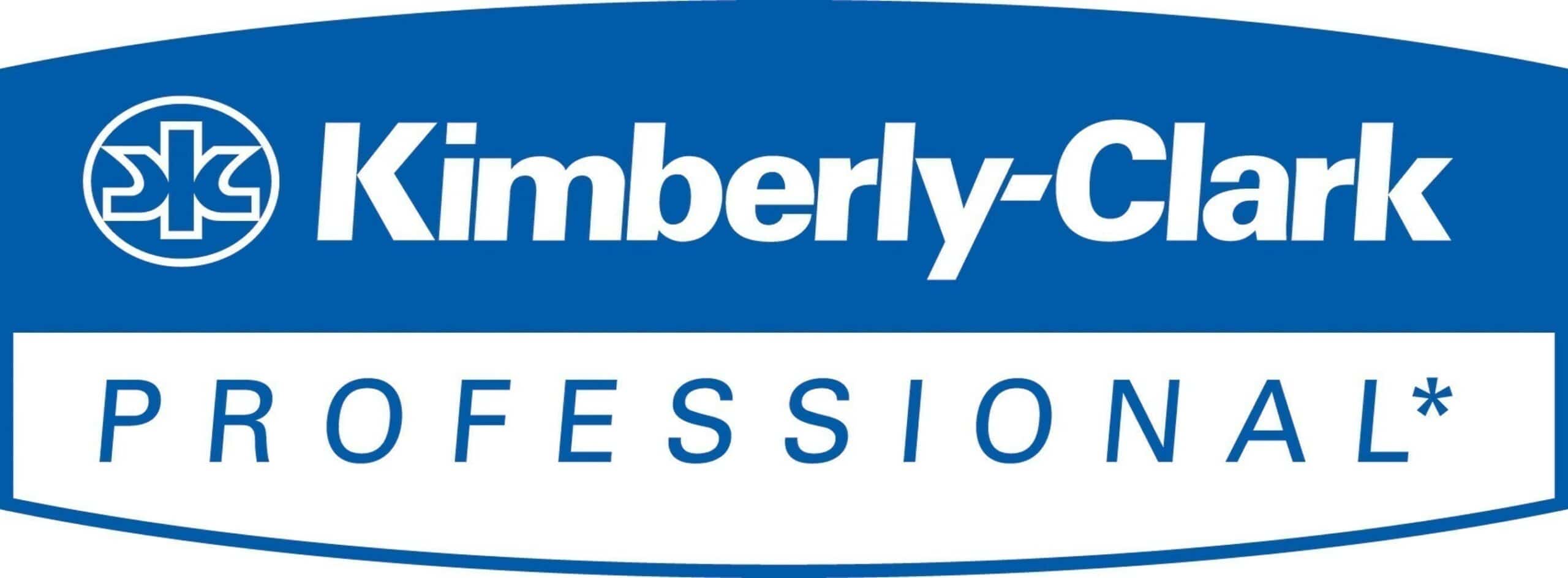Embarking on the journey of bodywork and repainting a car can be an exciting yet challenging task. Before diving into the nitty-gritty of repairing dents and applying fresh coats of paint, it’s crucial to start with a solid foundation. This brings us to Step 1 – Assessment and Planning. In this blog, we will delve into the importance of this initial phase and explore the key elements involved.
-
Inspecting the Vehicle:
The first step in assessing a car’s condition is a thorough inspection. Take the time to closely examine the entire vehicle, paying attention to dents, scratches, rust, and any other damage that requires attention. It’s essential to be meticulous during this process to ensure that no underlying issues are overlooked.
-
Determining the Extent of Repair:
Once you’ve identified the various imperfections, it’s time to evaluate the extent of repair required. Some dents or scratches may be superficial and can be easily fixed, while others may require more extensive work. By gauging the severity of the damage, you can plan accordingly and allocate the necessary time, effort, and resources to complete the project successfully.
-
Creating a Plan of Action:
With a comprehensive understanding of the repairs needed, it’s time to devise a plan of action. Consider the specific steps required to address each issue identified during the inspection. This plan should outline the sequence of tasks, the tools and materials needed, and a rough timeline for completion. Having a well-structured plan will help you stay organized and ensure a smoother workflow throughout the project.
-
Choosing the Right Paint:
Apart from the repair aspect, repainting your car allows you to give it a fresh new look. During the planning phase, it’s important to consider the type and color of paint you wish to use. Automotive paints come in various types, such as base coat, clear coat, metallic, and solid. Each type has its unique characteristics, and selecting the most suitable one for your desired outcome is crucial.
-
Considering Environmental Factors:
When planning for bodywork and repainting, it’s important to take environmental factors into account. The weather conditions, such as temperature, humidity, and precipitation, can significantly affect the painting process and the final outcome. It’s advisable to choose a time when the weather is moderate, as extreme temperatures or high humidity levels can hinder proper paint adhesion and drying.
-
Budgeting and Resource Allocation:
Before diving into any project, it’s important to establish a budget and allocate resources accordingly. Bodywork and repainting can involve expenses such as paint, primer, sandpaper, masking tape, and various tools. Setting a budget and understanding the costs involved will allow you to make informed decisions and ensure that the project remains within your financial means.
-
Seeking Professional Assistance:
While bodywork and repainting can be a rewarding DIY project, it’s important to recognize when professional assistance may be required. If the damage is extensive, or if you lack the necessary skills and experience, seeking the expertise of a professional auto body shop can save you time, effort, and potential costly mistakes. They can provide valuable guidance, ensure precise repairs, and deliver a high-quality finish.
Assessment and Planning lays the groundwork for a successful bodywork and repainting project. By thoroughly assessing the condition of your car, determining the extent of repair, and creating a well-structured plan, you set yourself up for a smoother workflow and satisfactory results. Taking into account factors such as paint selection, environmental conditions, budgeting, and the potential need for professional assistance ensures that your project is carried out efficiently and effectively. With Step 1 complete, you’re ready to move on to the next phases of this exciting journey towards transforming your car’s appearance.


















